Design is not about making things look pretty. Nor is it a lone genius toiling away behind a laptop, only to emerge some time later with a brilliant design dripping with awards. No, design is a collaborative activity that solves real problems for real people. It’s your team and I joining forces to work through challenges, generate ideas, and build solutions that bring a little joy into someone’s life.
Process

Individuals (like me), small teams, and even large organisations, use this design process to build some of the world’s most recognisable products. Those apps on your phone? This. Your favourite streaming service? Yup, this.
As Mike Tyson famously said, “Everyone has a plan until they get punched in the mouth.” Complex projects always have a way of surprising even the most seasoned veteran. I can flex and adapt this process at each step of the way to best suit each project and its unique challenges to deliver on time and on budget.
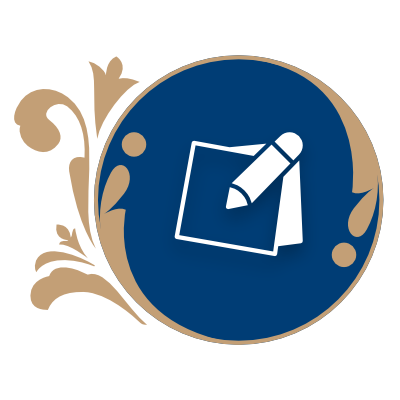
Define
Determine what we need to do
First things first, we have to define the problem we are trying to solve and the who would benefit from our solution. These critical pieces of information are the foundation for the entire process, so it is an essential first step. We’ll spend a lot of time – and sticky notes – in interviews and workshops answering questions like, What is the problem, anyhow? What are we trying to achieve? Has anyone else tried to solve this before us, and how would we be different? How can we tell if we’re successful?
- Workshops
- Card Sorting
- Process Mapping
- Requirements Gathering
- Competitive Analysis
- Purpose, Objectives, & KPIs
- Target Audience
- Unique Sales Position
- Product Requirements
- Product Strategy
- Accessibility Needs
Discover
Get to know our problem and audience
Now that we’ve defined our problem, it’s time to understand it. We’ll dive deep into research and discovery to uncover things like, What solutions have others tried? What are their needs and motivations for those using the product? The insights we uncover often reveal critical little details and information that will provide valuable direction and human-centred considerations.
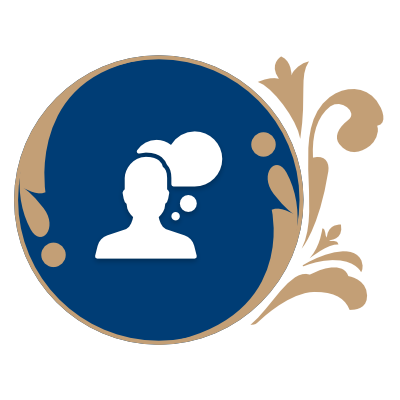
- Interviews
- Field Studies
- Surveys
- Mind Mapping
- Task Analysis
- Journey Maps
- Flows
- Personas
- Detailed Research
- MVP Definition
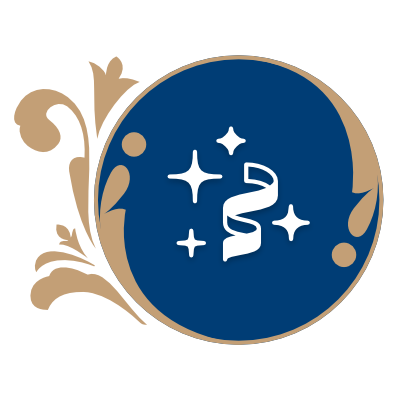
Explore
Create solutions that could solve our problem
Now that we’ve pulled together requirements, strategy, and research, we can finally start exploring solutions. Our product will begin to take shape as we try different things and let the creative juices flow through sketches, wireframes, and mockups. These deliverables are what most people think of as “design”, but as you can see, it is just one piece of the overall process.
- Co-design
- Sketches
- Wireframing
- UX Design
- UI Design
- Site/App Maps
- Sketches
- Wireframes
- Interface Design
Prototype
Test our solutions with real people
Once we’ve selected a design, it’s time to bring it to life in an interactive prototype. The prototype gives us something tangible that people can react to in real-time to tell us how we are doing. (Or if we need to go back to the drawing board.) We’ll check back in with our audience and ask, Does it solve the problem? Does it work as people expect? Are there areas where we can improve? These answers will provide lots of great feedback to iterate and refine the design.
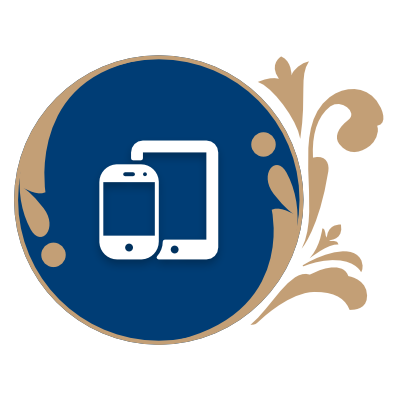
- Prototyping
- User Testing
- User Feedback
- A/B Testing
- Design Iterations
- Interactive Prototype
- User Feedback
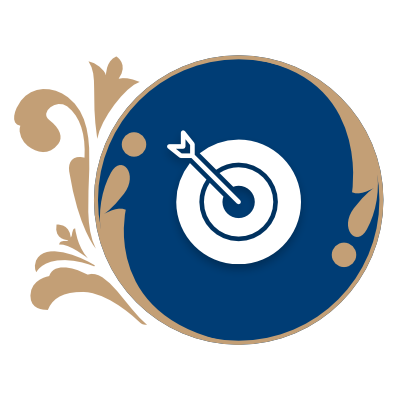
Build & Refine
Bring the product to life and see how it goes
Working closely with developers, we finish building out the entire experience and launch it to the world. We can watch how the product works, how well it solves the problem at hand, and determine how we can improve the experience using analytical data and direct feedback. Now, it’s time to start the process all over again for the next feature, build, or sprint cycle.
- Build Out the Experience
- Design Reviews
- Developer Handoff
- Accessibility Studies
- Usability Studies
- Interviews & Feedback
- Iterations
- Pattern Libraries
- Asset Generation
- User Stories
- Analytics
- Usage Data
Case Studies
Over the years, I have worked with startups, mid-size organisations, and Fortune 500 companies, using this same process to build and launch their digital products. Check out a few of my case studies to see what we created together.



